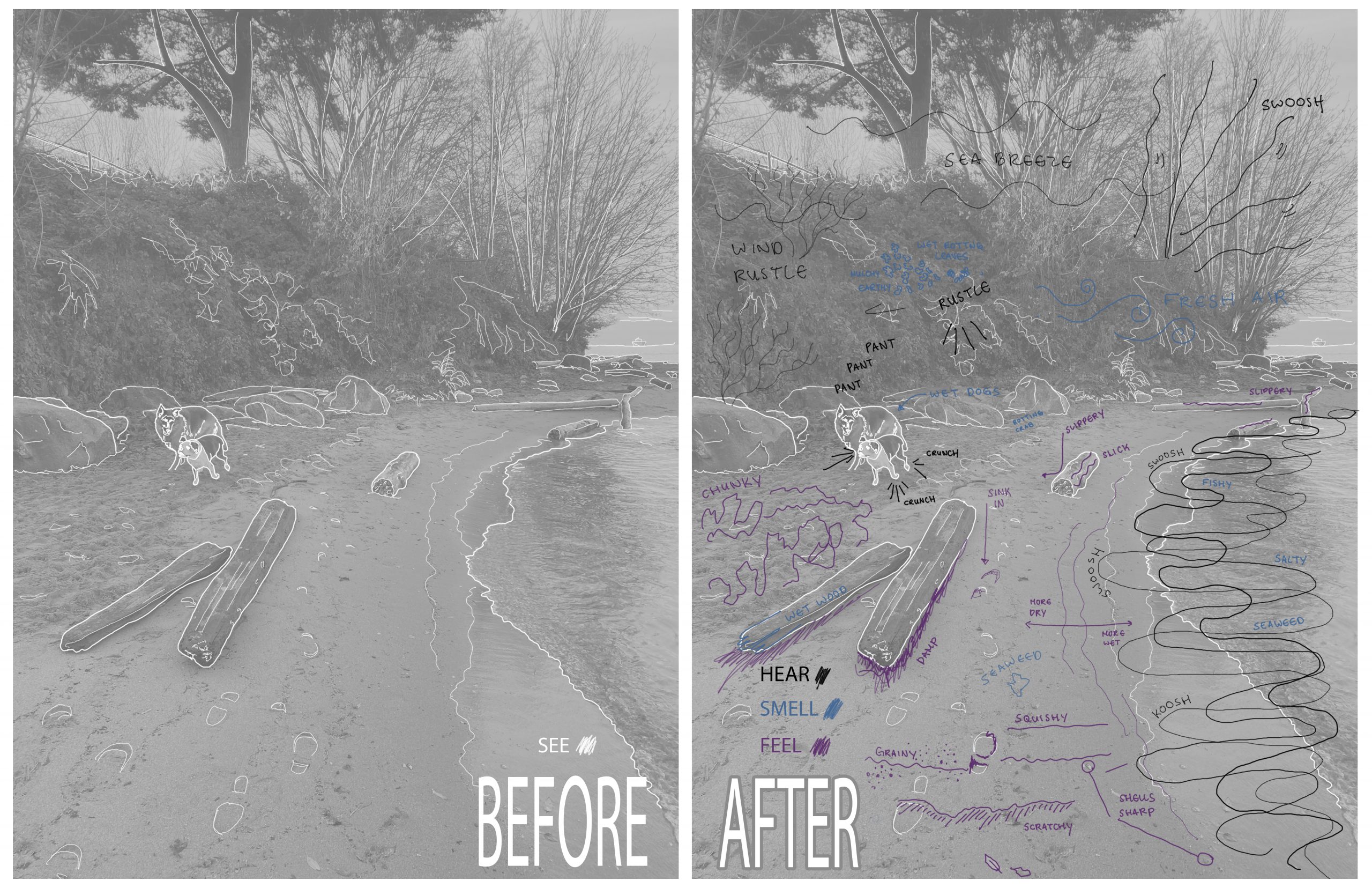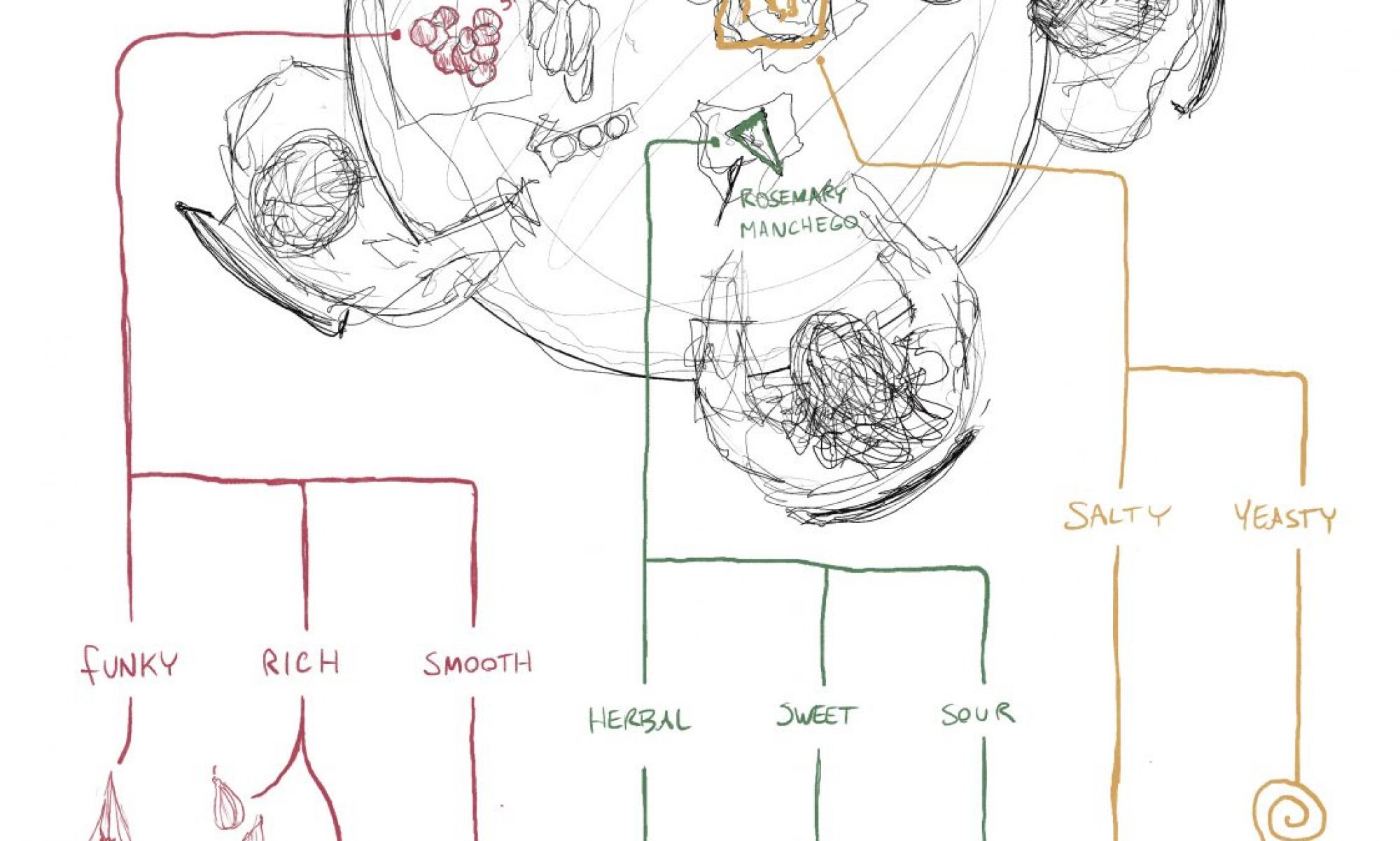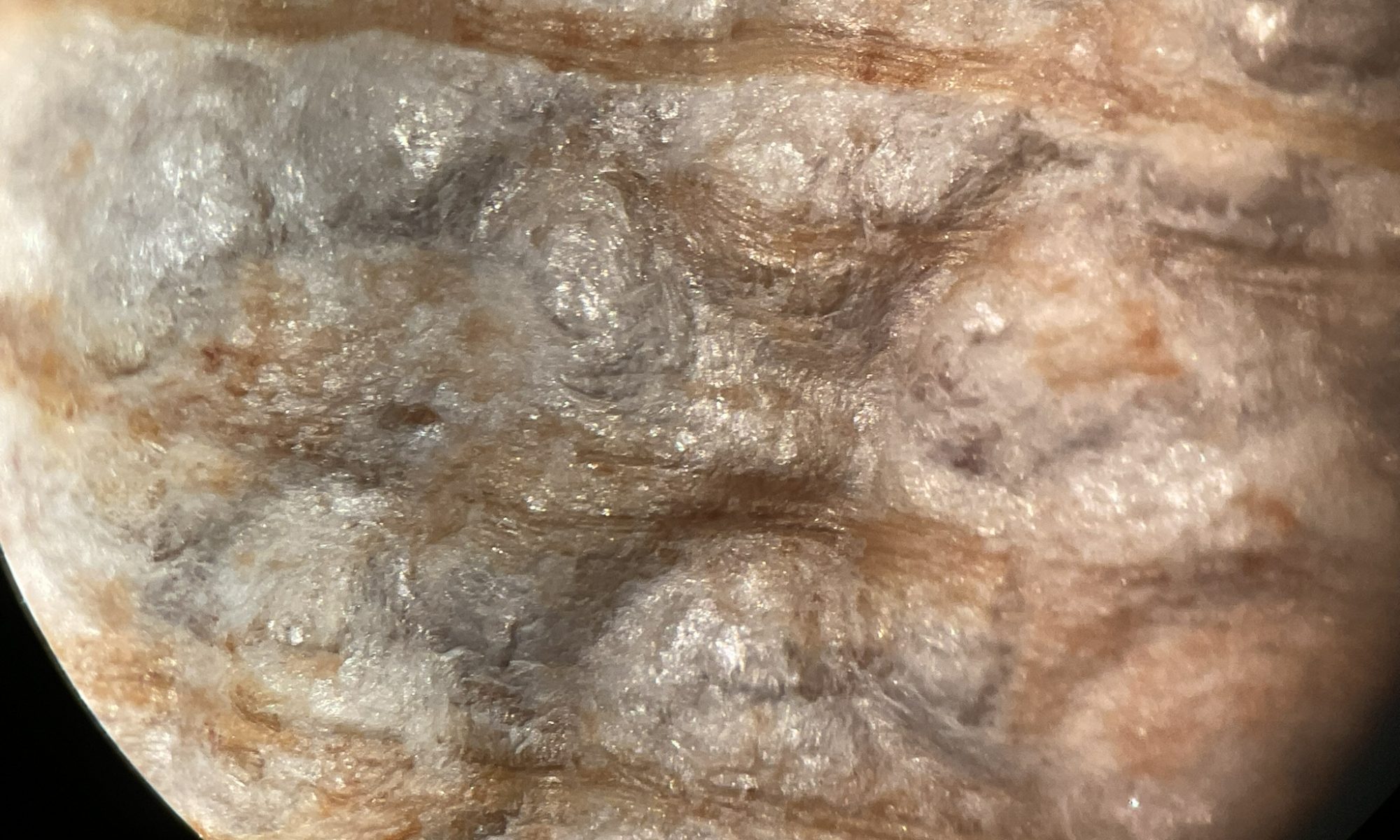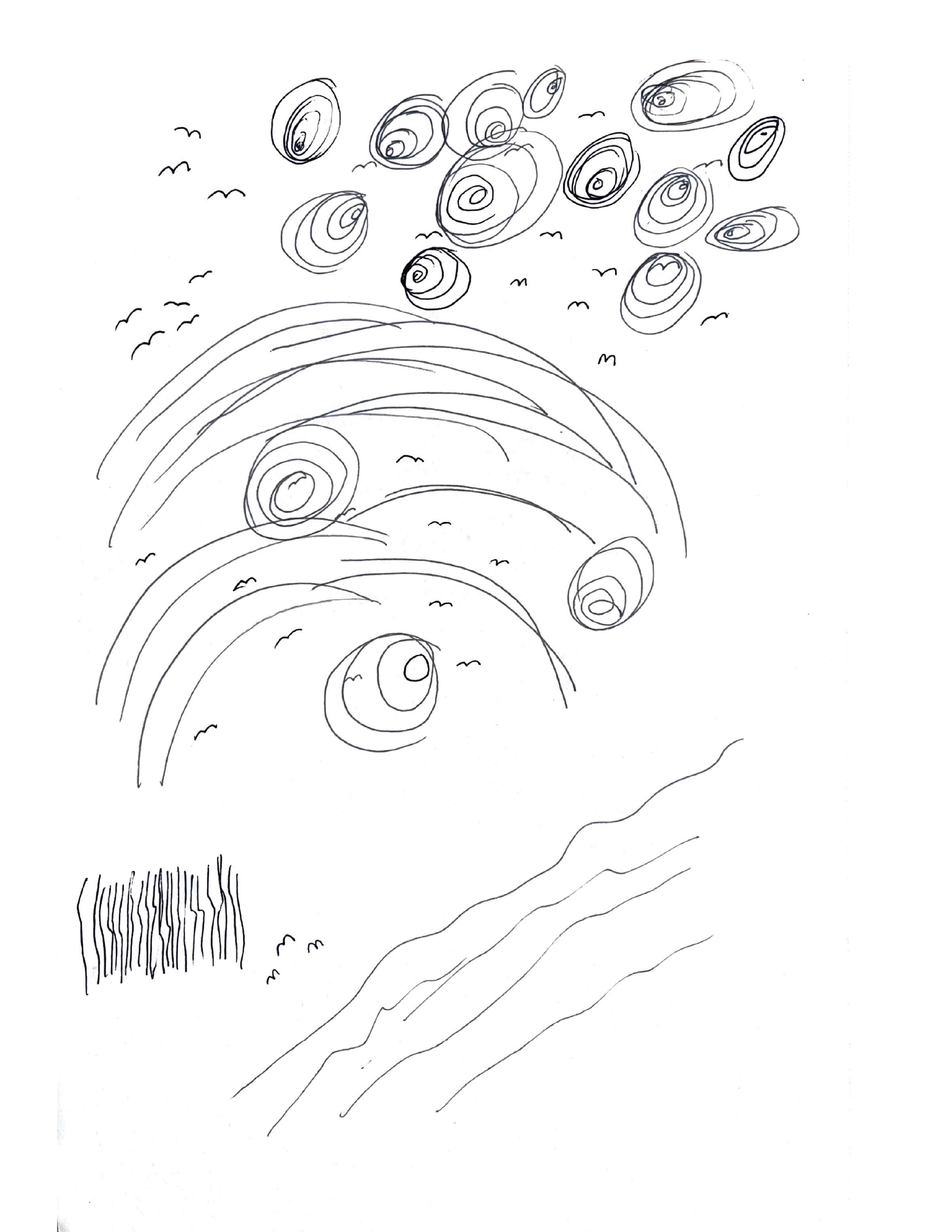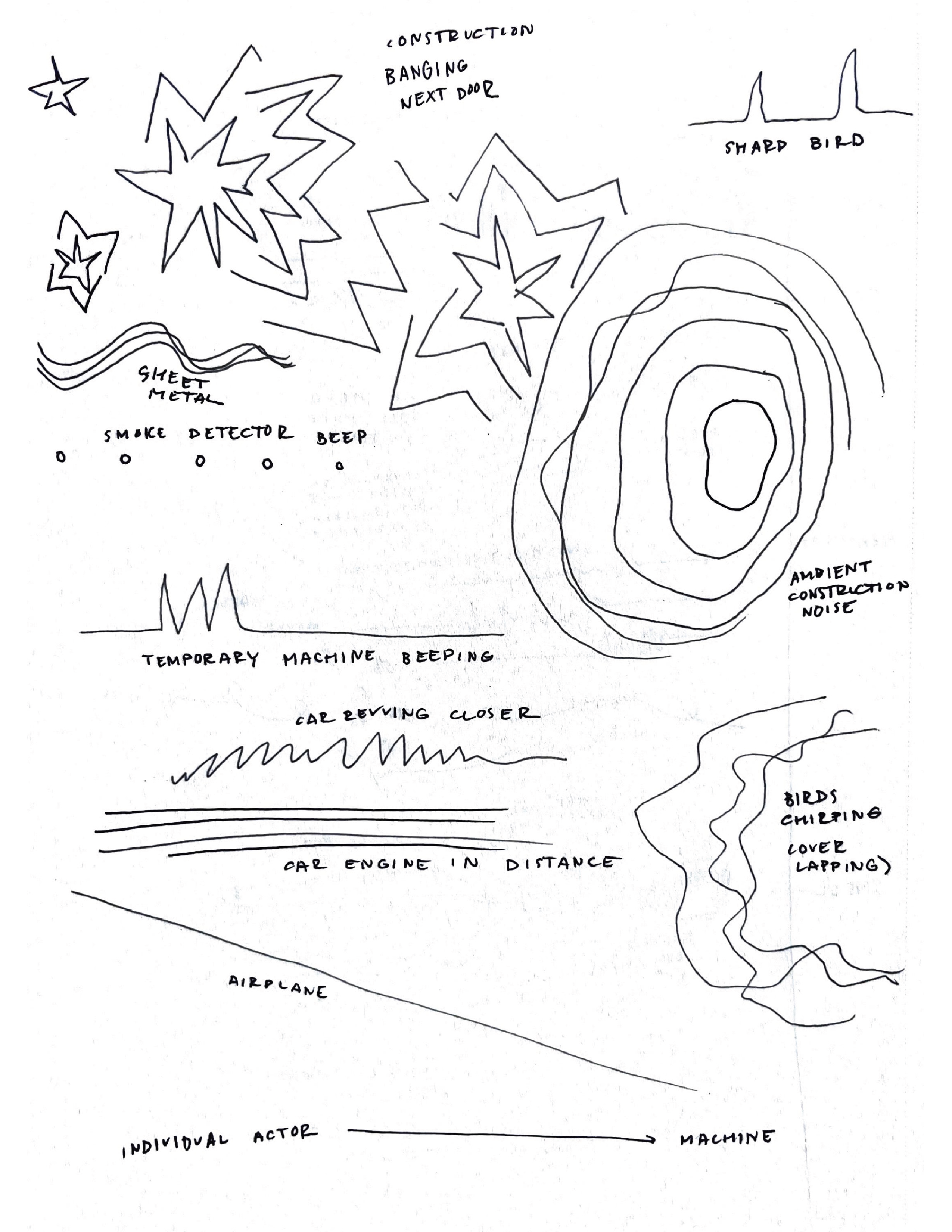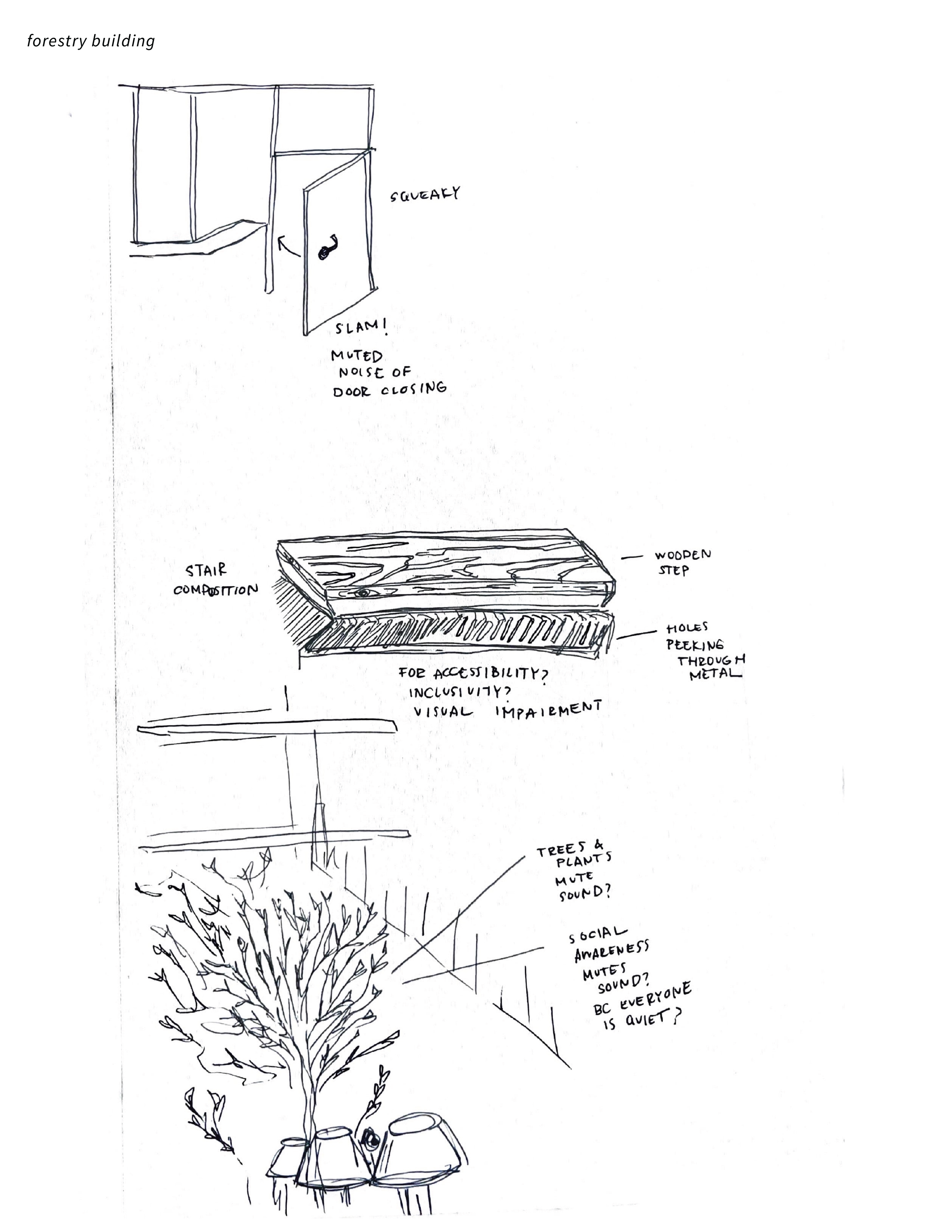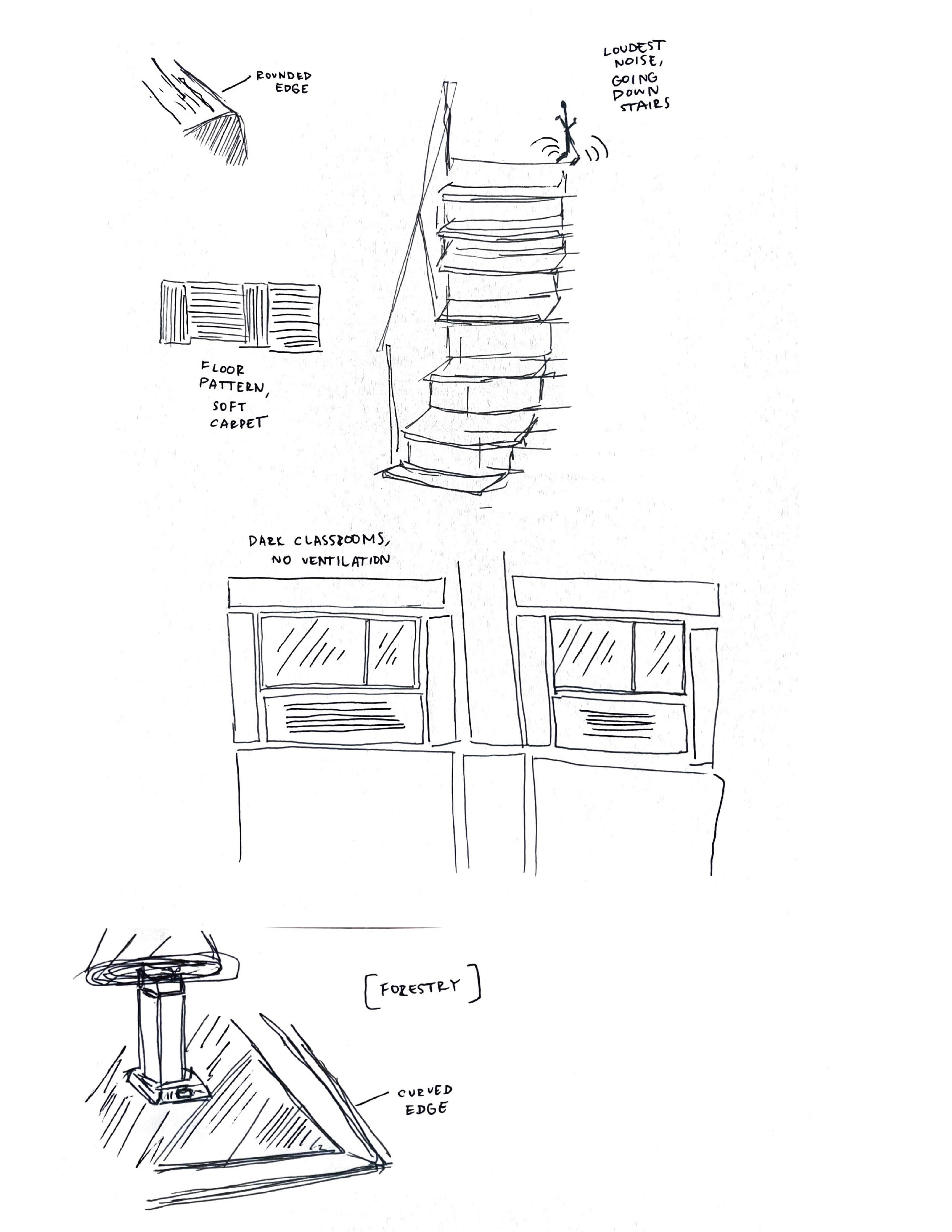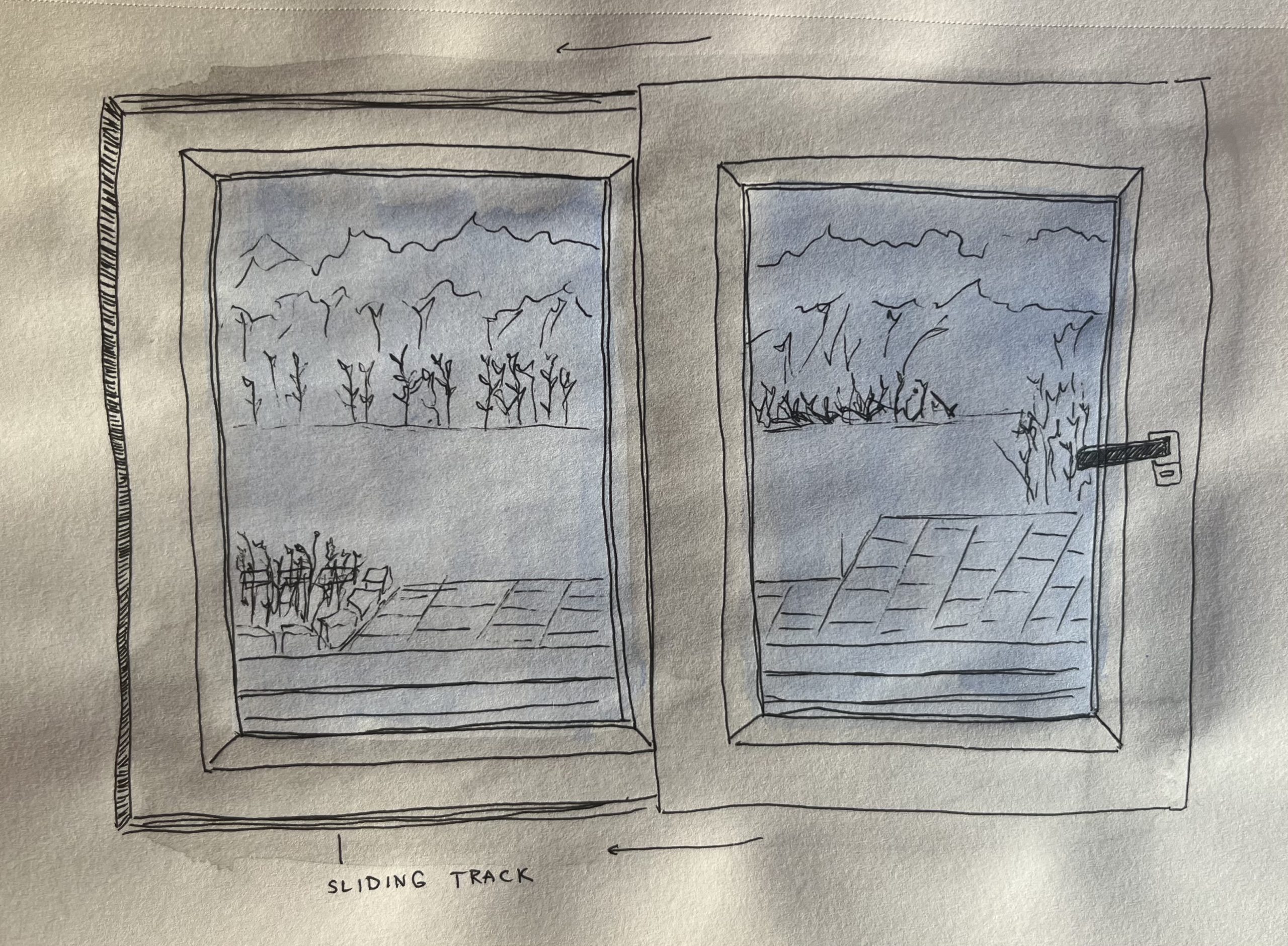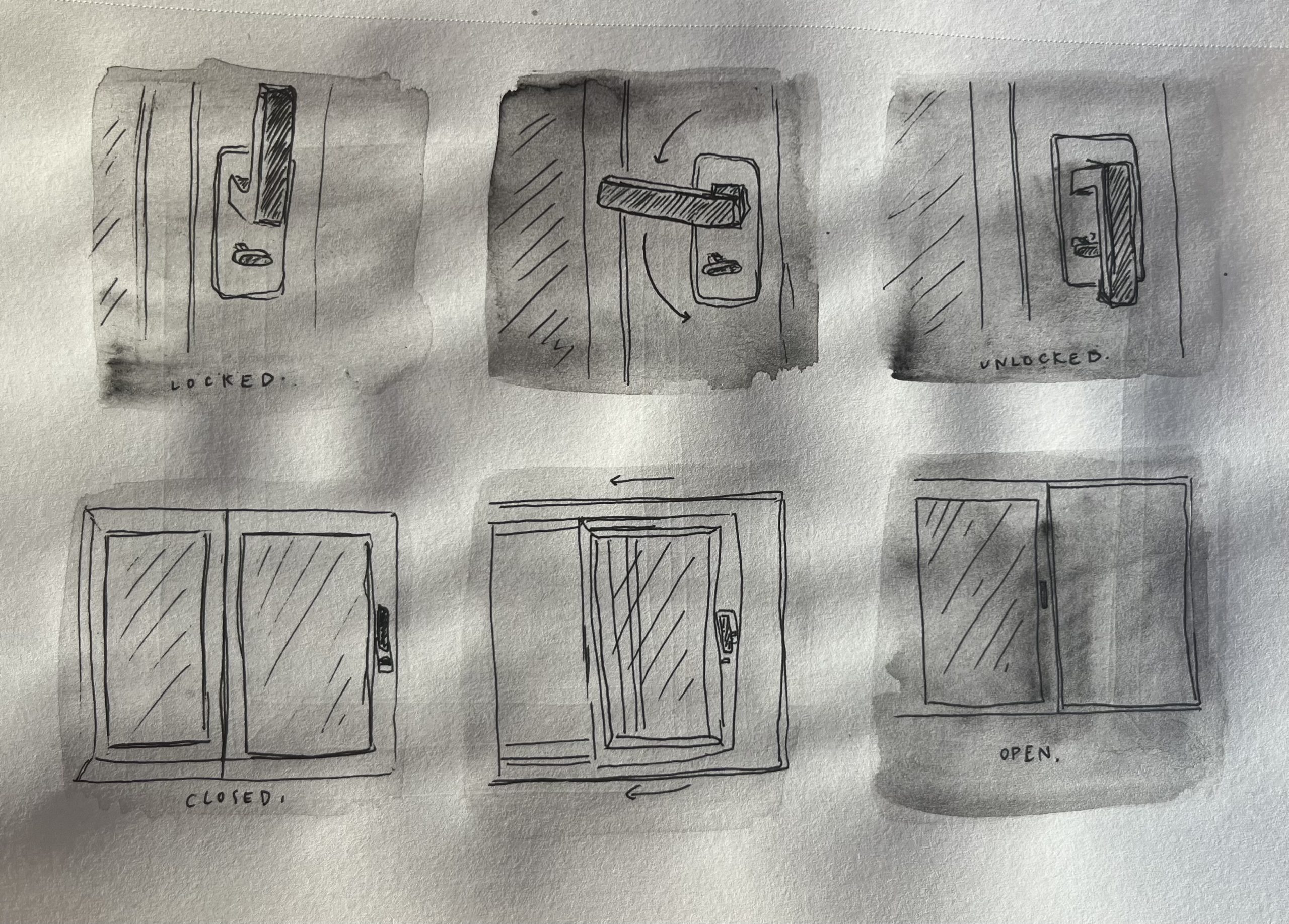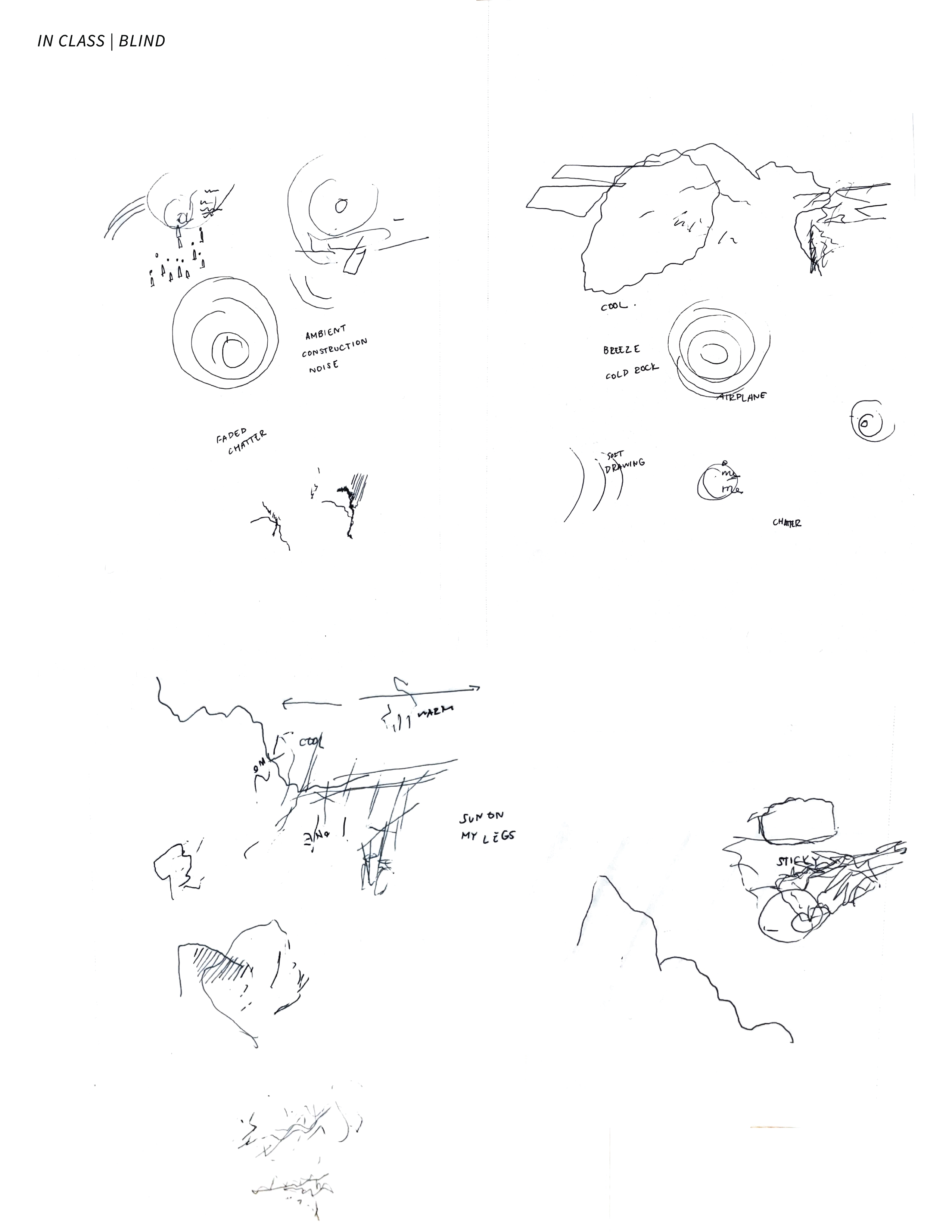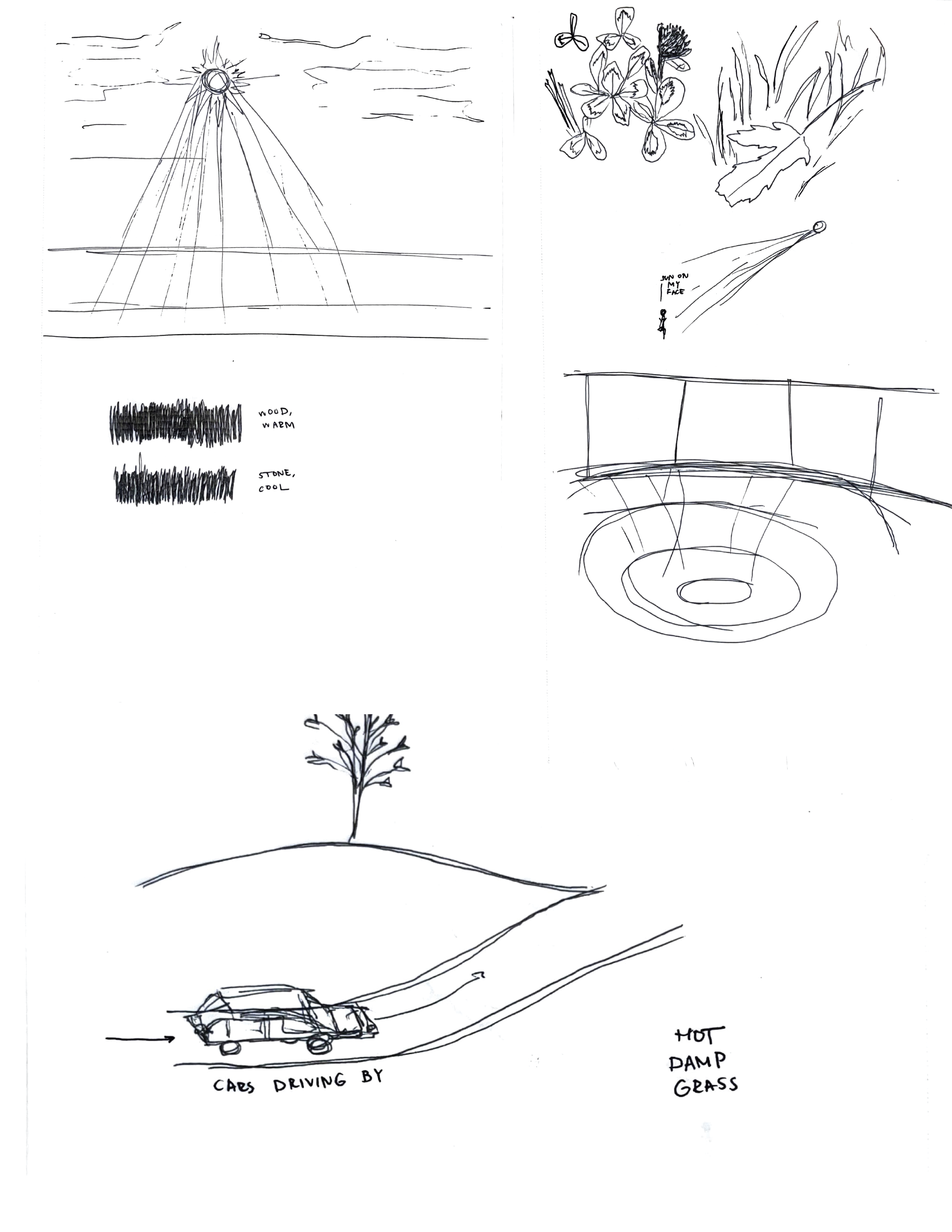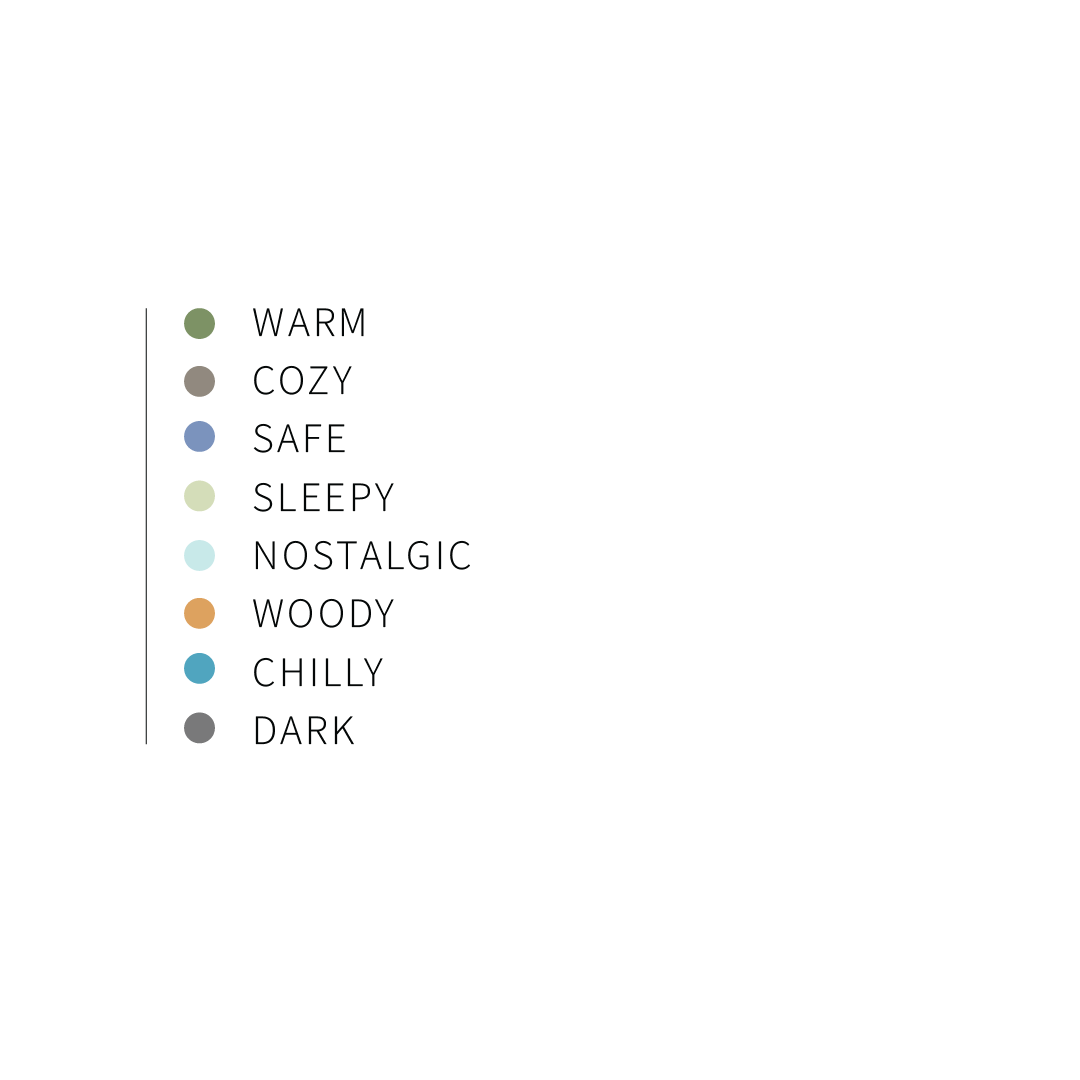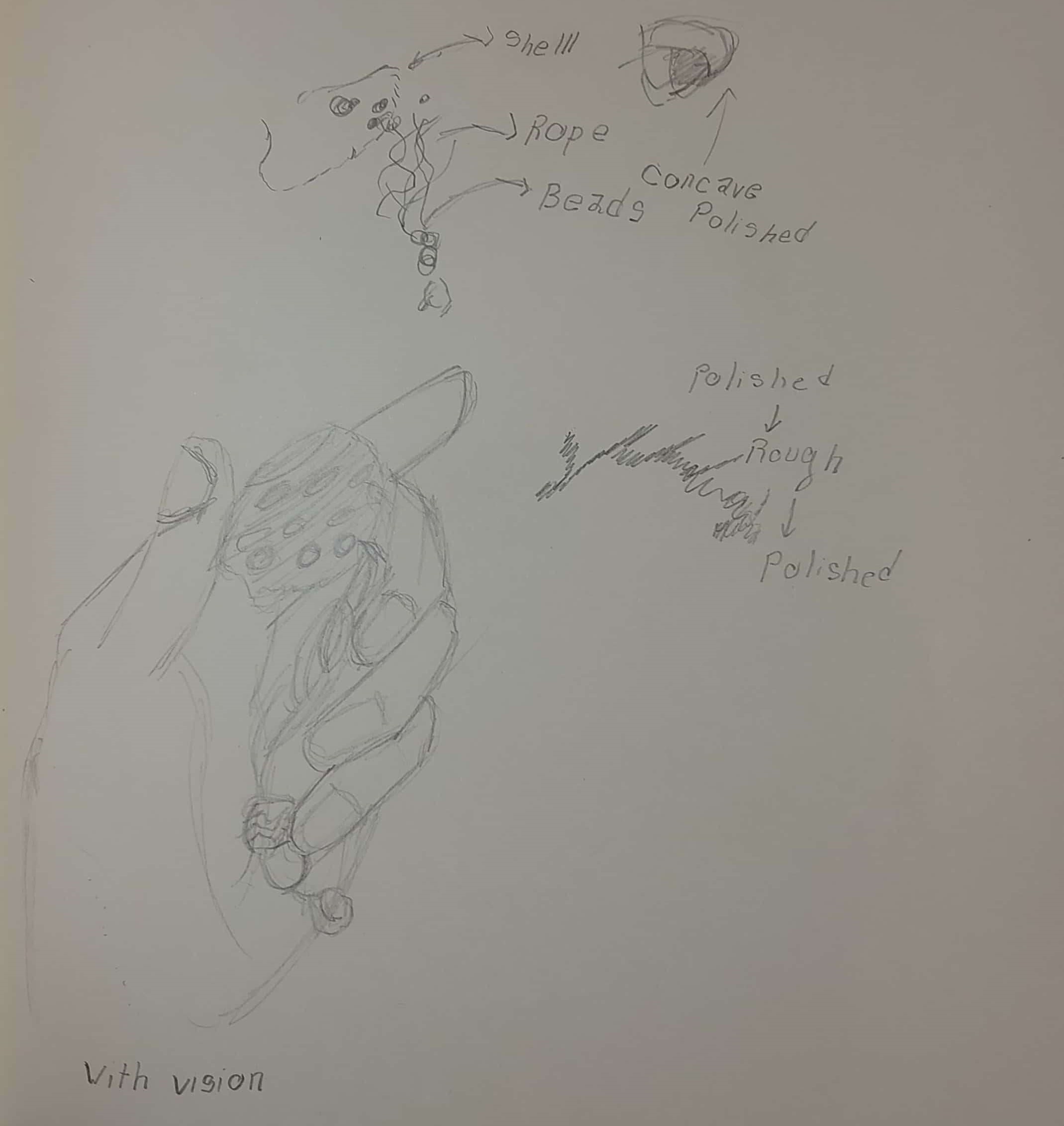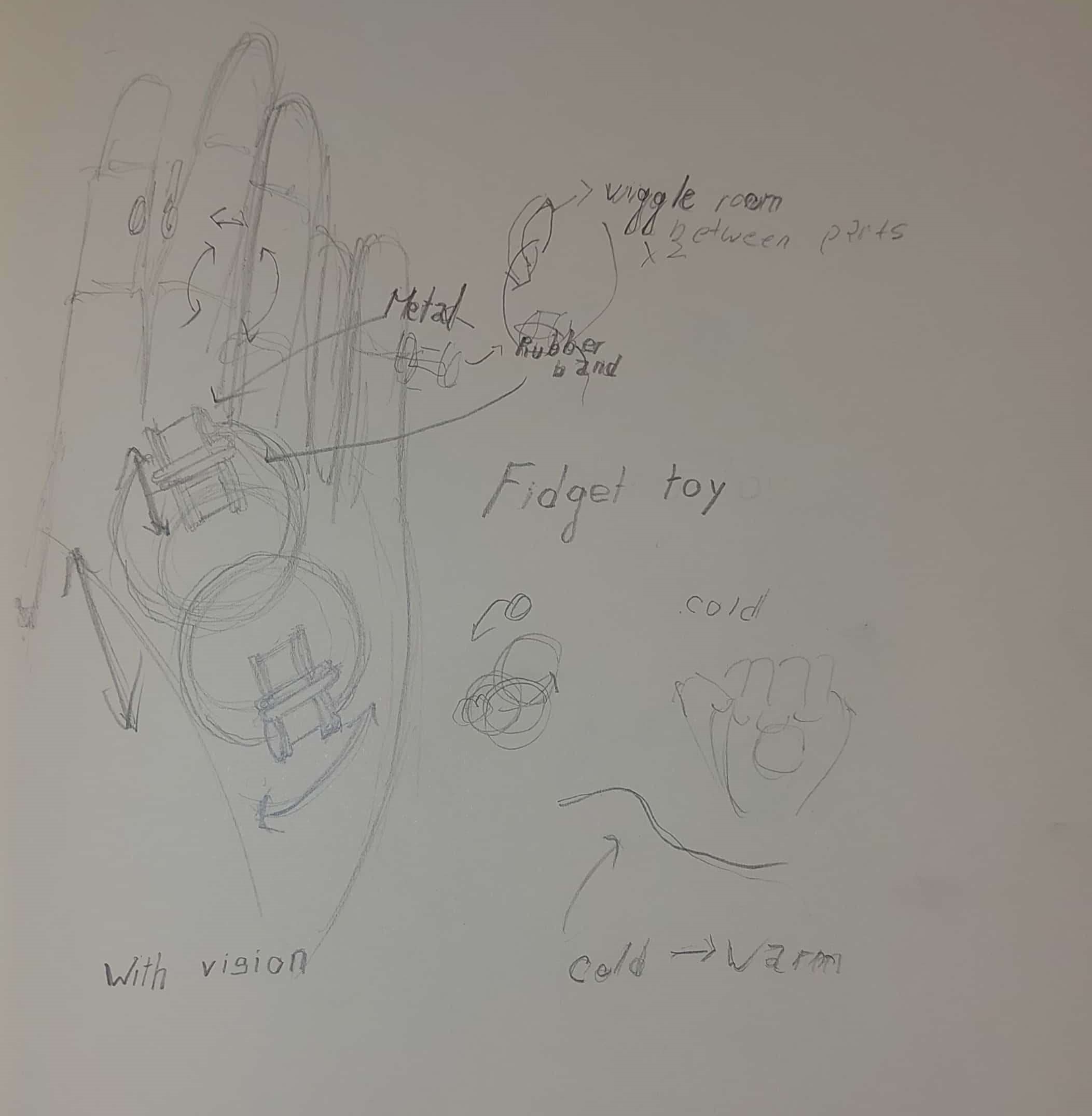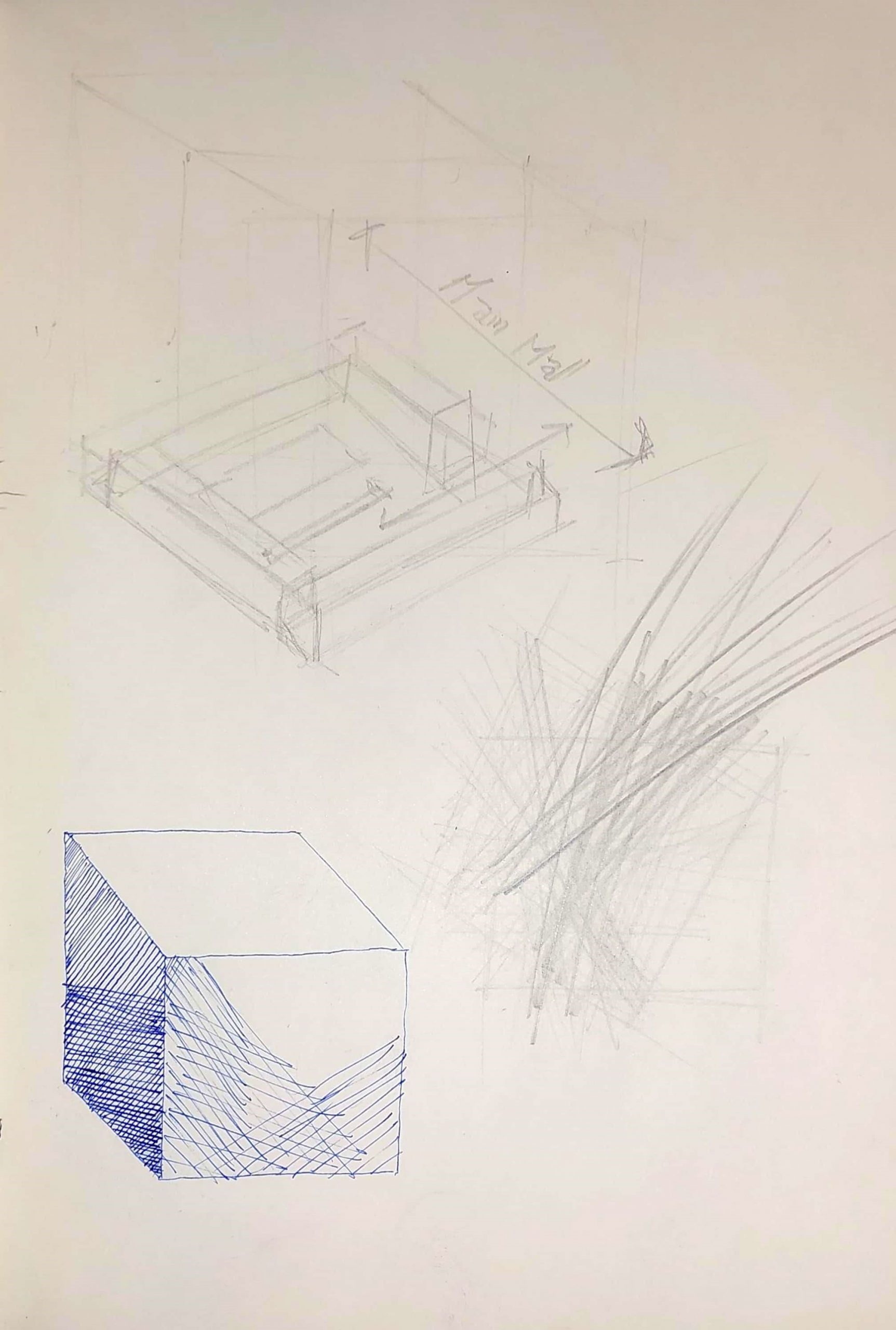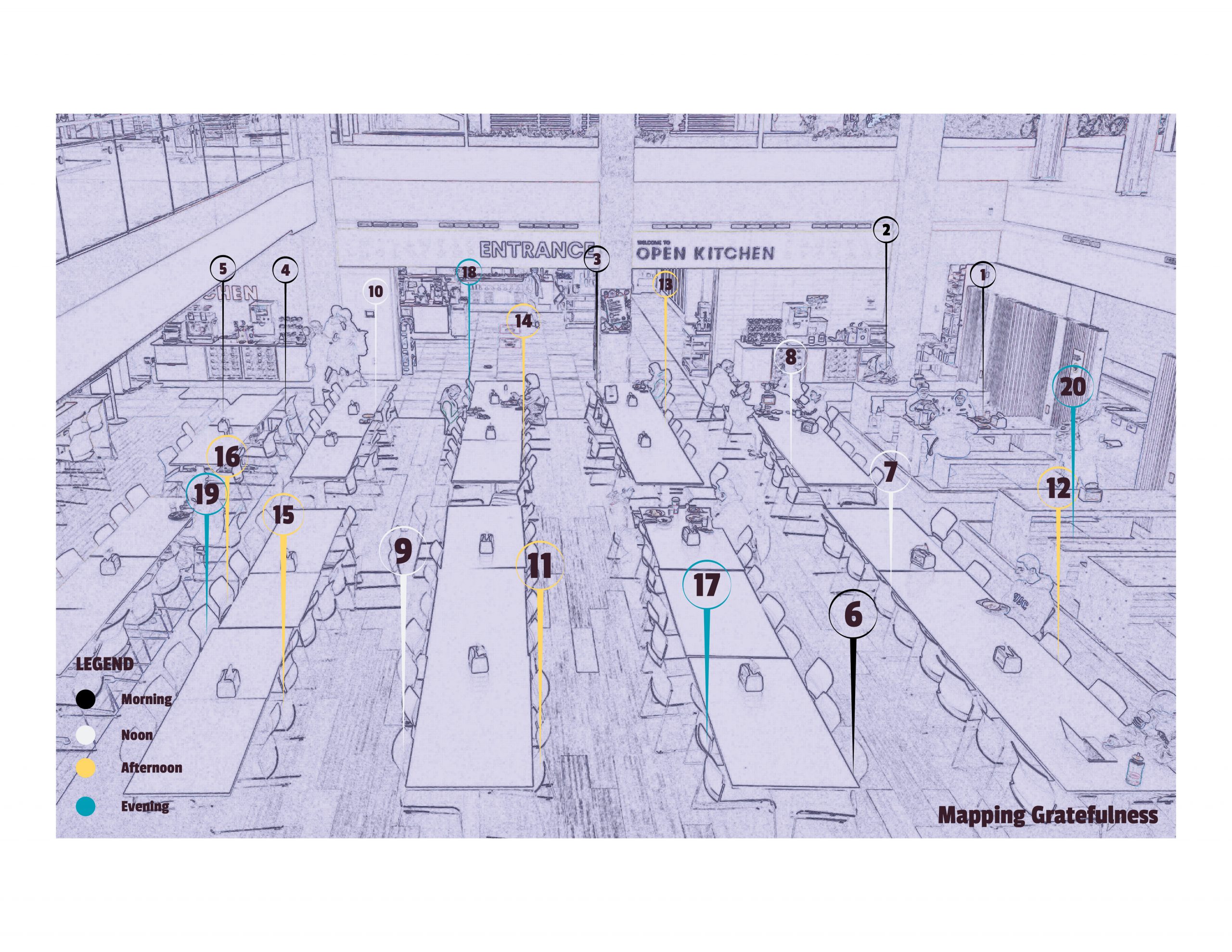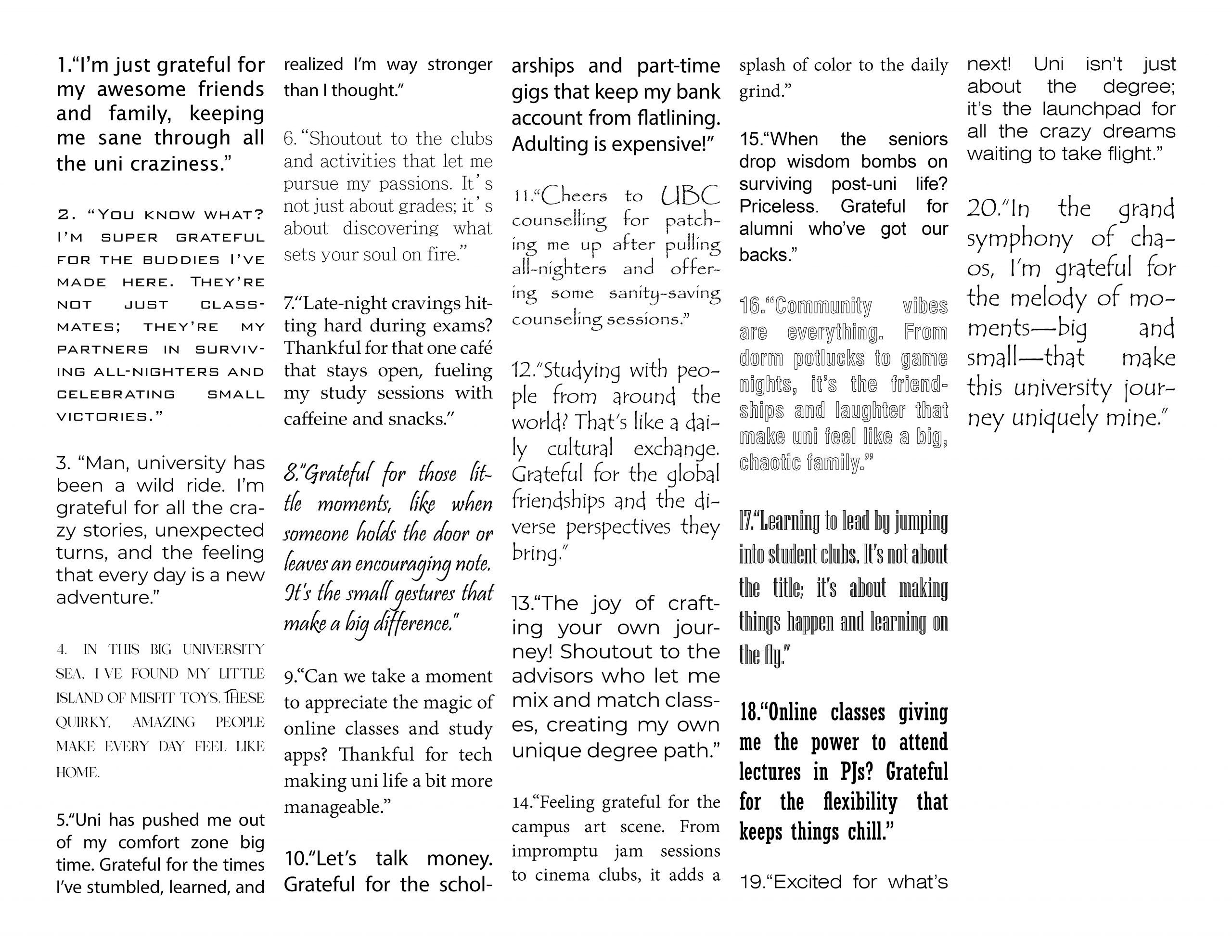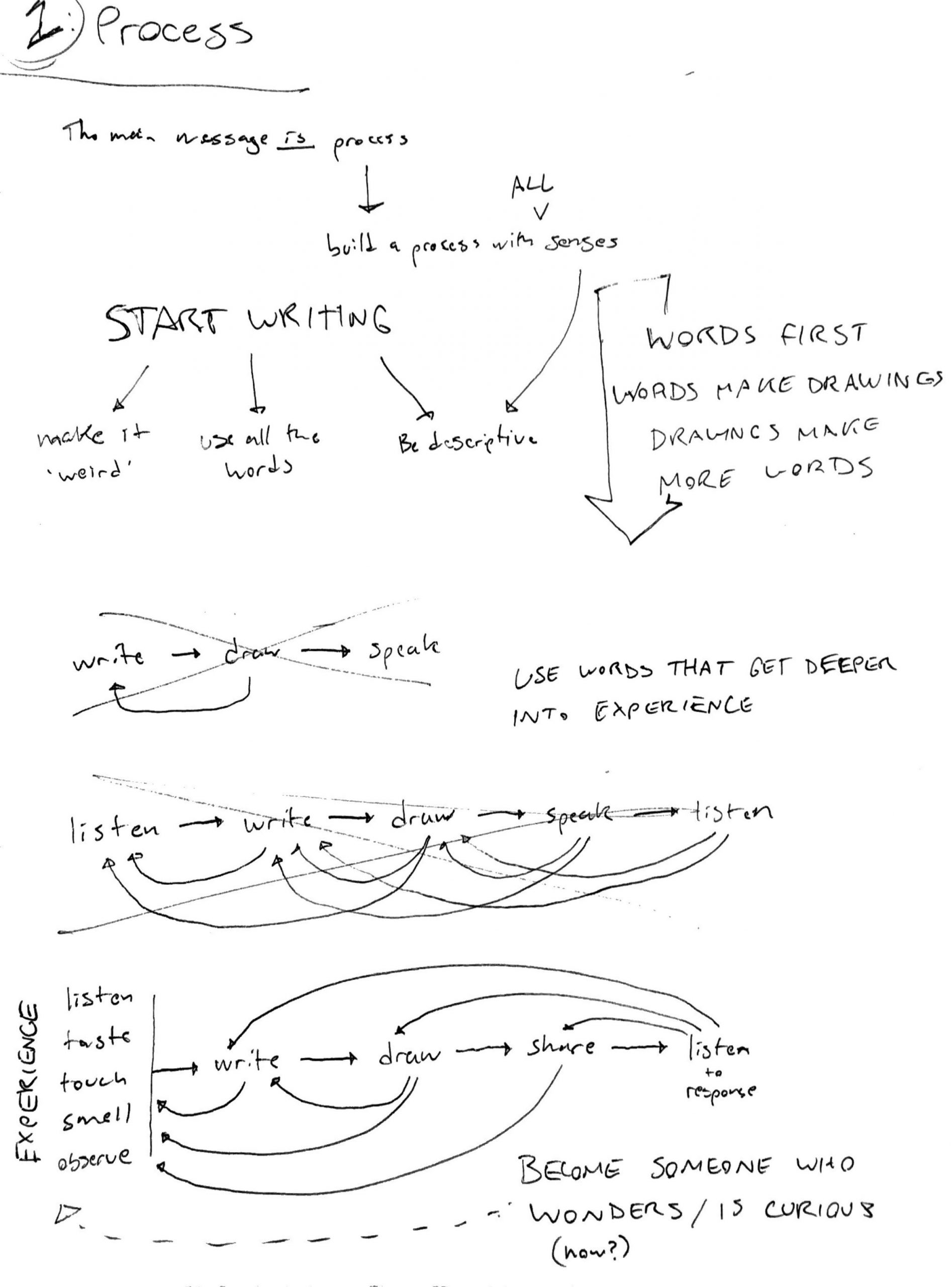In Class at the Nest: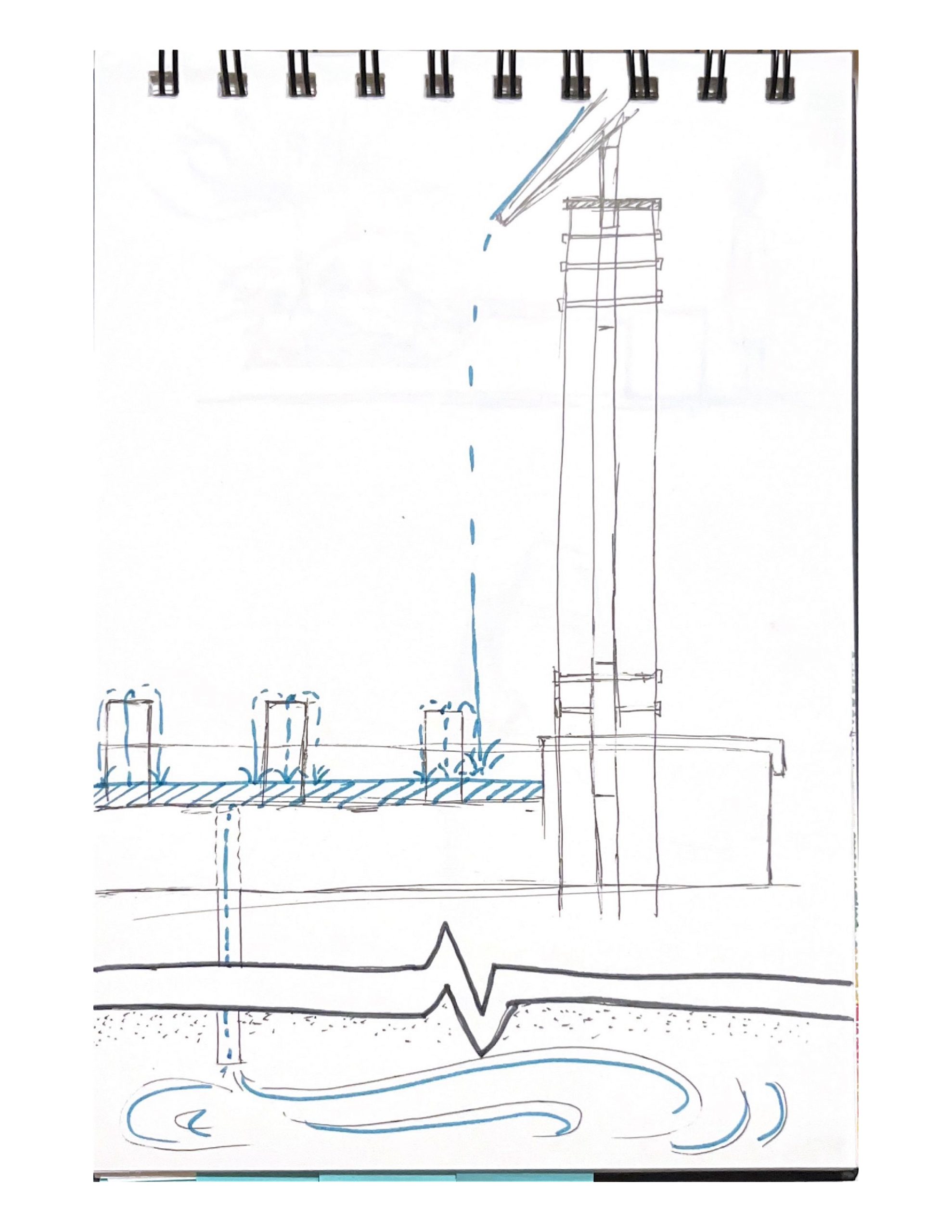

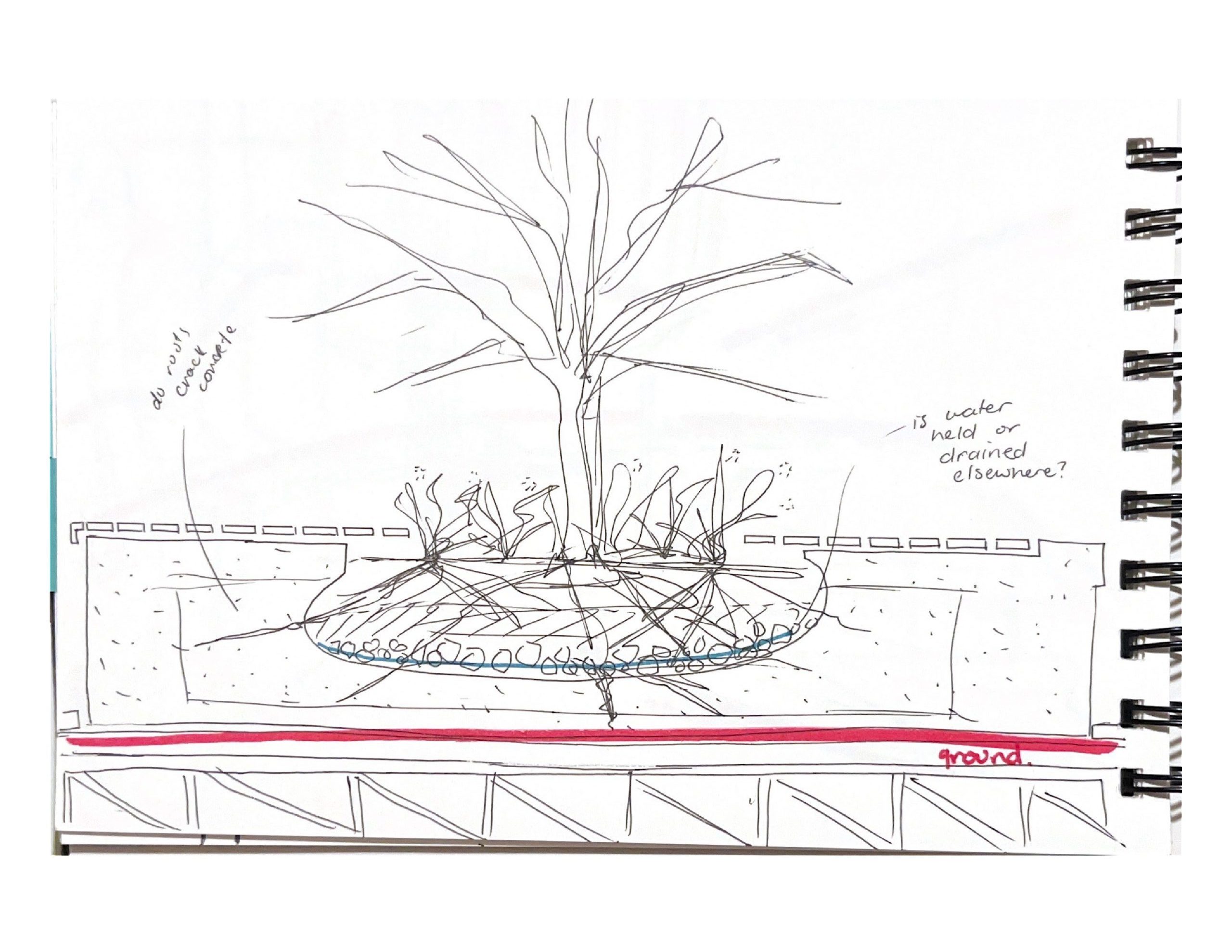 At Home – Water Flow on Granville Island:
At Home – Water Flow on Granville Island:
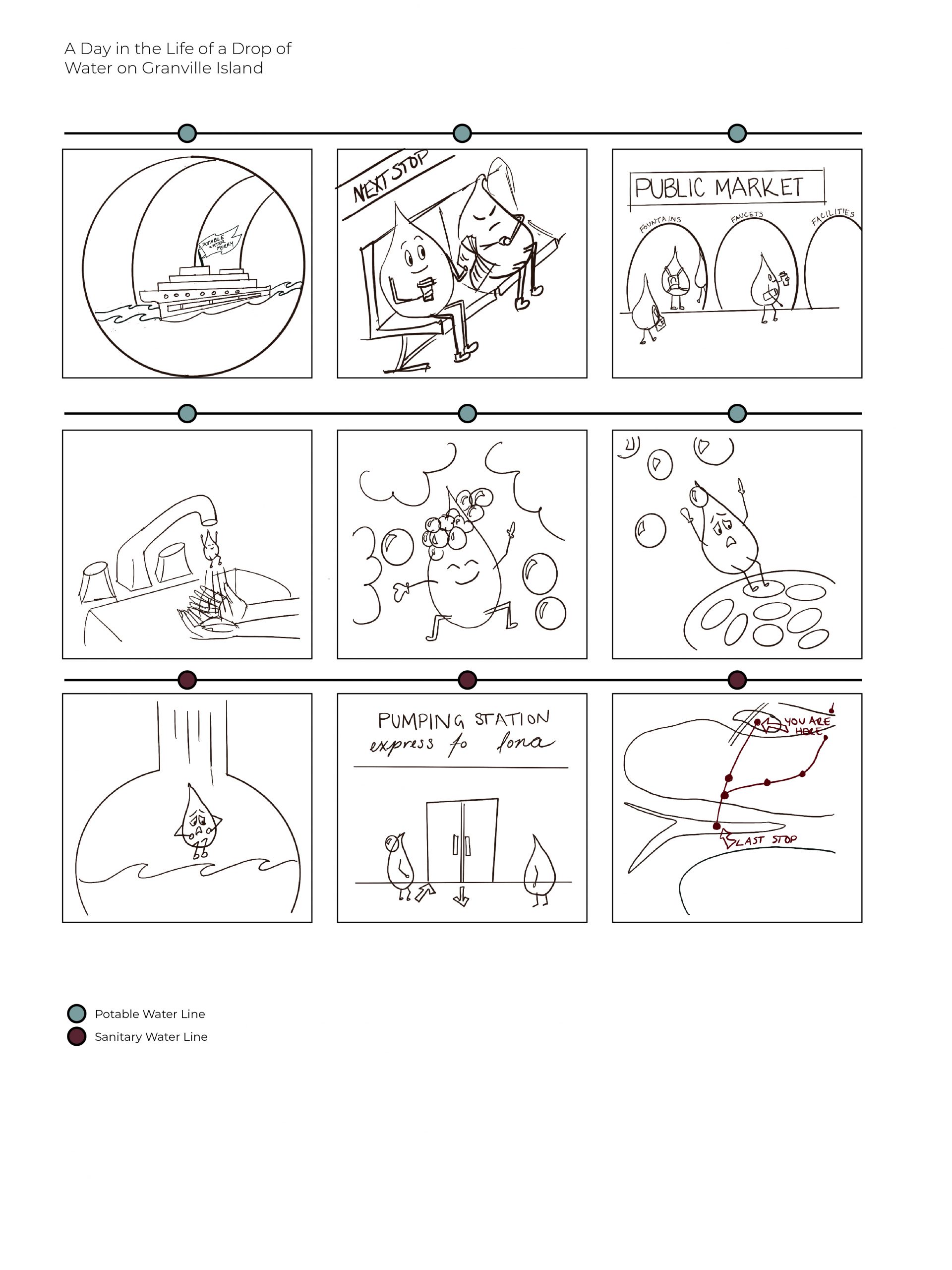


A 10 – Taste
I found this incredible snakefruit, or Salak, or Salacca zalacca. Native to java, this fruit had an incredibly spikey texture that made look as if it was floating. The spikiness seemed to enhance the distinct muskiness of the fruit’s smell was: musky, sweet, floral, pungent, sacherine, umami with a finish of banana, cinnemon, rose, leather and persimmon.
The outside was hollow, spikey, brittle. The inside of the husk was slimey, oily, fibrous and sticky.

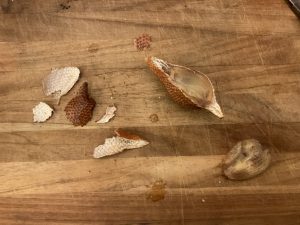
In order to understand the spikiness of the shell, I decided to look at it under a botany microscope


The outside spikes have a mid-ridge that creates a kind of tinny-feeling structure to the spikes.

The inside of the shell was layers of waxy, fibrous material.
I drank a cup of green tea and tried to describe the spatial relationship between the taste and smell of the tea as it cooled using the cube method.
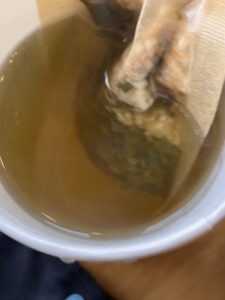
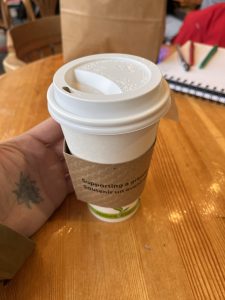

I tried to eat a delicious almond croissant (and somehow got so hungry that I forgot to photograph it). This resulted in a drawing to describe how the softness of the bread bridged the crunchiness of the almond and the stickiness of the marzipan.
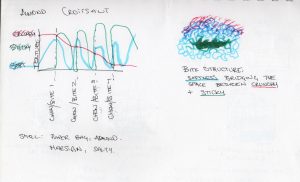
Finally I tried three weird and not so delicious macrons. One was bacon, one was fig balsamic, and the final was pear passion fruit and elder flower. I would describe all three as gross, and perhaps the least interesting of the experiments i did into taste. Over-all i found the texture across all three identical (of course) and the flavor overpowering. It was also the last of my investigations, and likely I was too tuned in to the details of my tastebuds for such a candy-like cookie!
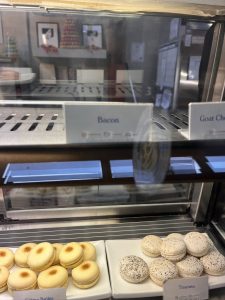
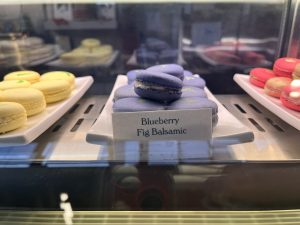


I started designing for the taste of coffee…
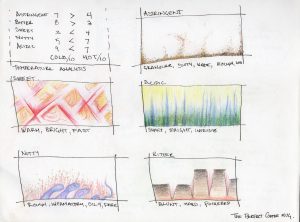
But I didn’t like the way that the taste analysis visualized. it didn’t really invoke any formal design, so a srated again, with what was once my favourite indulgent drink: Diet Orange Crush.
I used to love this stuff, until I got a horrible stomach virus. Now i can barely handle it. The taste of aspartame when this stuff comes up has scarred me for life. So I tried to design a vessel that would allow for minimal traumatic barf memory.

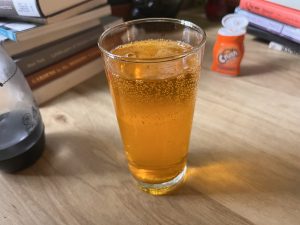

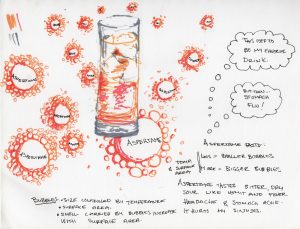
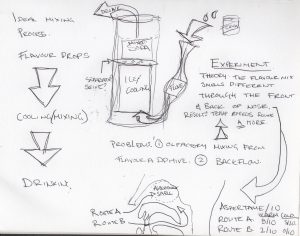
A8, Tuning in & Windplay, Kate Bonnell
A7, Movement, Kate Bonnell
A6, Tactile Body Space, Kate Bonnell
A 9 – Smell Notes
These wonderful Actaea racemosa at my parking spot smelled like synthetic grape, one of the strongest pockets of smells on this cool, overcast autumn day. I could smell it from five full paces away.


When i got to the beach, I wanted to investigate the mixing of the sea rocks, which had a briny, faintly fishy smell, the woody debris which had the musky, warm scent of decomposing conifers, and the cold, and slightly floral scent coming off of the granite seawall.


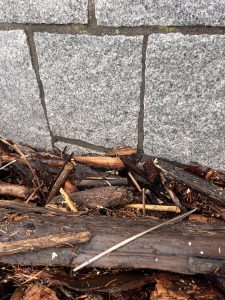
So I drew what I smelled in section with oil pastel and then used my finger to imply the directionality of the mixing airflows.
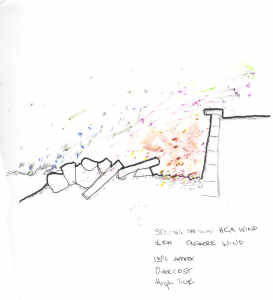
Then I noticed hippo was checking out a stump. Inspired by the warm spicey musk of the wood I had just smelled, I went to sniff what Hippo was sniffing and see the world in his way. Turns out it wasn’t wood he was smelling, it was definitely urine. Tangy, acrid, wet, amonia with something that reminded me of turned meat.
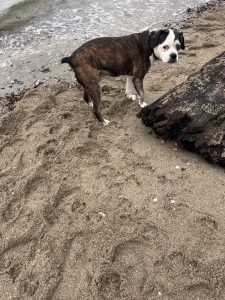

We stopped by a memorial, where I noted that the airflow of the space created a microclimate in which visitors could smell each other. As empathy is partially transmitted through body odor ( see de Groot, Jasper H. B., et al. “On the Communicative Function of Body Odors: A Theoretical Integration and Review.” Perspectives on Psychological Science, vol. 12, no. 2, 2017, pp. 306–24. JSTOR, https://www.jstor.org/stable/48591546. ) I thought this was a clever design move activating the vegetation and topography to this end.

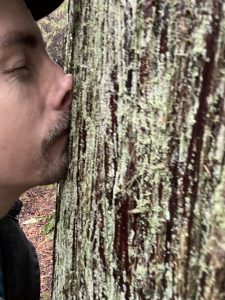
I also tried smelling a tree to track the decay of scent over time. I wanted to try visuallizing in quanta the preceptual experience. I find this method maybe less evocative than the impressionistic approach.
Assignment 5: Using our hands – José Torres
Assignment 3: Mapping – José Torres
Course Summary – Tess Adebar

